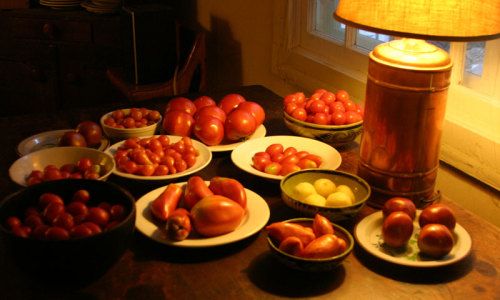
It’s been a banner season for tomatoes in southwestern New England. With temps in the 90s much of the time and not much rain, the plants have flourished and the fruit seems exceptionally tasty.
As the produce piles up on the kitchen table, gardeners take stock of the season. Now, while everything is fresh in your mind, is the best time to evaluate what crops did well, what failed miserably, what tasted great, and so on. Even as the growing season draws to a close, we start to make our plans for next year.
Cornell’s Vegetable Varieties for Gardeners lists an astonishing 775 tomato varieties, and you can sort through taste, yield, and reliability ratings on that site. Or, for a less exhaustive experience, you can read about the 16 varieties I grew this year, and post comments on your tomato favorites below.
Of the 16 I grew, Sun Gold, Juliet, Jet Star, and Celebrity are hybrids. Most are indeterminate, but Jet Star is described as “compact indeterminate” and grows less rampantly than the others. Just for the record, my tomato patch this year is on a west-facing slope. It’s shaded until mid-morning, but gets good sun after that.
 |
||
| Juliet (left) looks just like a store-bought grape tomato. The plants are sturdy and highly productive, and the fruit is red, oval, and very consistent in size and shape. These are meaty and are good for drying and sauce, as well as in salads. If you grow Juliets, clean up fallen fruit after frost, or you’ll be faced with volunteer plants everywhere next season. | Sun Gold, an orange cherry tomato, is always the first to fruit in my garden and one of the most productive varieties. With its bright, tangy flavor, it’s perfect for snacking, and also nice in salads. In wet years, the fruit tends to split easily. Like Juliets, Sun Golds reseed readily, so clean up well in the fall. | |
 |
 |
|
| Principe Borghese is small, roundish, and red, with a little point at the end. It’s grown primarily for drying. I’ve had good luck with these, but may not grow them next year. | Riesentraube impresses with its prolific clusters of small, red fruit. It’s new to my garden this season, and will probably be back for several years to come. I’ll be dehydrating some soon. | |
 |
|
| Red Pear |
Red pear… the name pretty much says it all. For some reason I’m not so crazy about this type. Not that it’s bad, but the fruit is small and I don’t think the flavor quite measures up. You do get a huge yield, though, so if you like them, you’re in luck.
Celebrity, Carmelo, and Jet Star are three “normal” tomatoes (i.e., red and round). The fruit is medium to large in size, firm fleshed (good for slicing), and ripens to a deep, satisfying red. These are all fine for sandwiches. If I had to pick a favorite here, it would be Carmelo, for its flavor, though the hybrids tend to be somewhat more productive.
 |
| Carmelo, Celebrity, and Jet Star tomatoes look pretty much the same. All are good choices for the home gardener. |
The mottled, bruised look of black tomatoes takes some getting used to, but trust me, their flavor is exceptional. This year I passed on Black Krim, which hasn’t grown well for me, and planted Paul Robeson and Black Prince. Both have been exceptionally productive and very tasty. Black tomatoes look very exotic in salads, especially when mixed with yellow and orange tomatoes (and garnished with nasturtium flowers).
 |
 |
|
| Paul Robeson fruit is large and not perfectly round. Touch them lightly to check for ripeness, as they may not look ripe, but they are. | Black Prince is mid-size and has an oval shape. |
 |
 |
|
| I grew four paste tomatoes this year: Opalka, Linguisa, Amish Paste (left) and Speckled Roman (right). All are good-sized, oddly shaped, meaty, and delicious. Of these, Amish Paste has been the most productive in my garden. Only Speckled Roman, with its streaky orange/red pattern, would win a beauty contest; the others are homely, and for that reason, maybe appealing. Paste tomatoes are the mainstay of sauce, but can be eaten fresh as well. | ||
 |
||
| Last but not least, two light-colored favorites, especially when mixed in salads: Jaune Flammée and Wapsipinicon Peach. Jaune Flammée (photo, left, by Seed Savers Eschange) is a small tomato that ripens to a velvety orange color; it’s very attractive and very good to eat. Wapsipinicon Peach (right) looks a little anemic and weird. It’s a very pale yellow with a bumpy, slightly fuzzy skin. It’s ripe before it looks ripe, so squeeze the fruit from time to time to check. The flavor? Outstanding. | ||
For information on planting, pruning, trellising, and cooking with tomatoes, see All About Tomatoes.
Fine Gardening Recommended Products

Razor-Back Potato/Refuse Hook
Fine Gardening receives a commission for items purchased through links on this site, including Amazon Associates and other affiliate advertising programs.

A.M. Leonard Deluxe Soil Knife & Leather Sheath Combo
Fine Gardening receives a commission for items purchased through links on this site, including Amazon Associates and other affiliate advertising programs.

Gardener's Log Book from NYBG
Fine Gardening receives a commission for items purchased through links on this site, including Amazon Associates and other affiliate advertising programs.



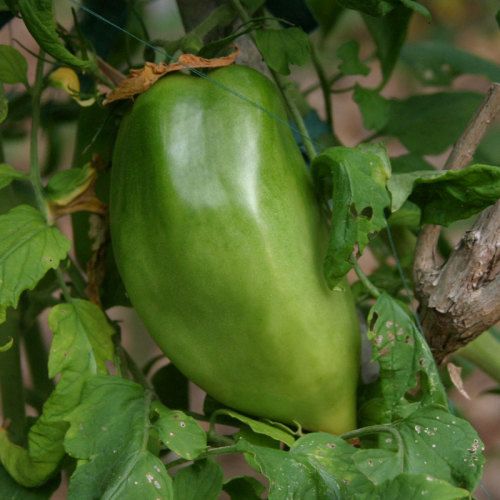
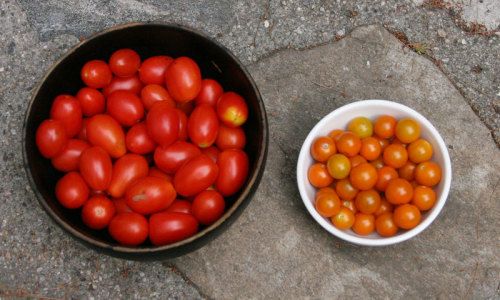
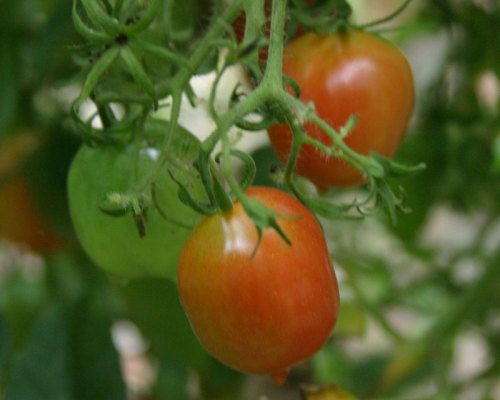
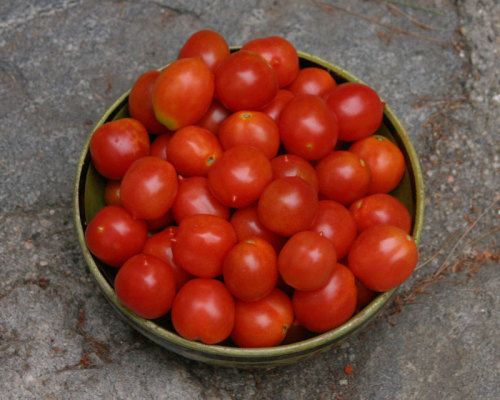
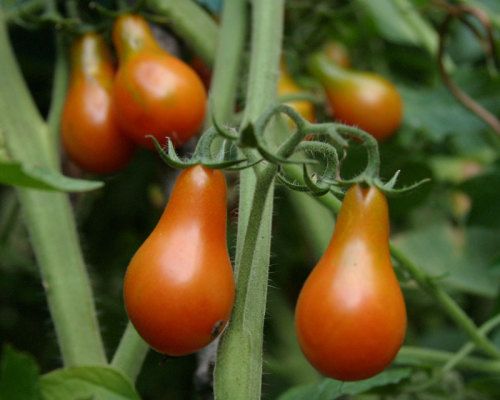
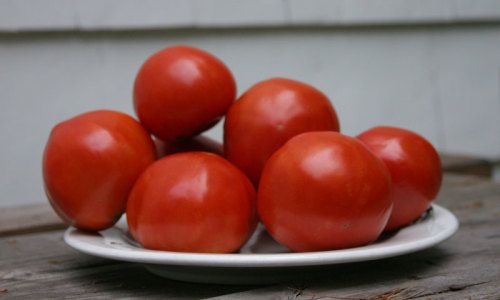
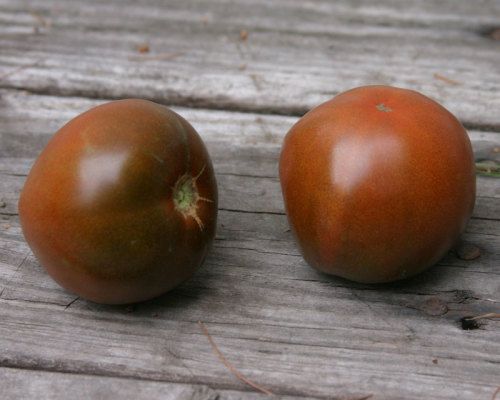
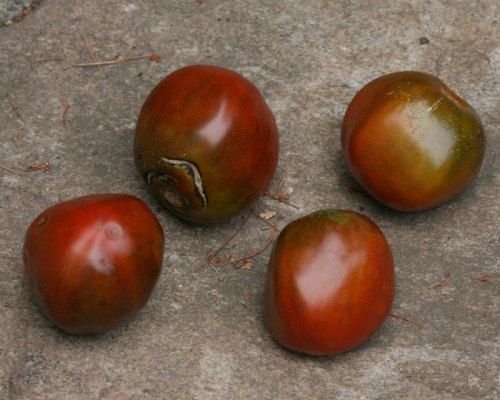
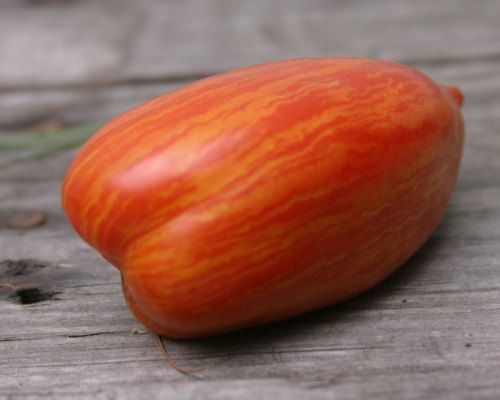
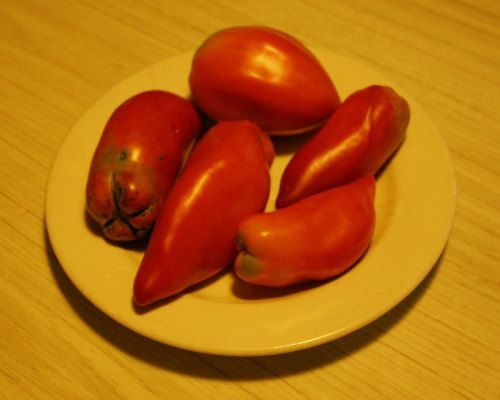
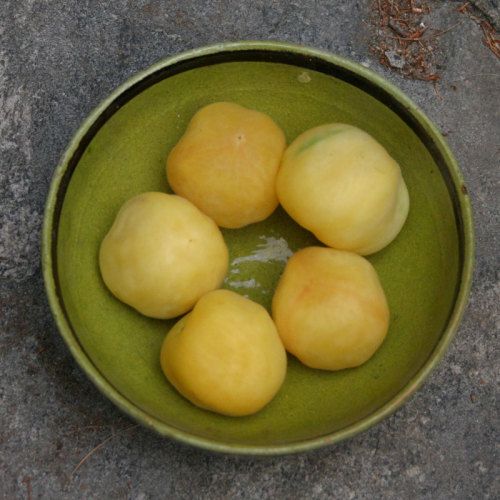
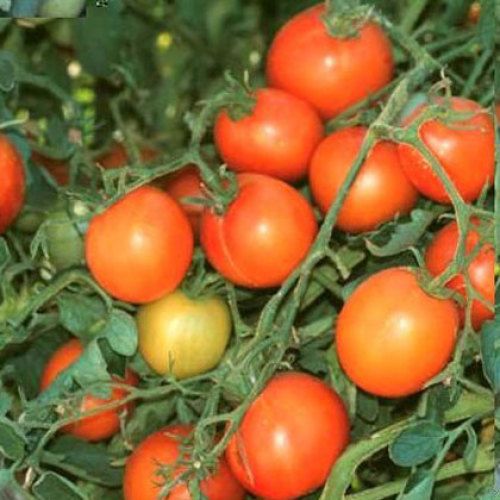


















Comments
Log in or create an account to post a comment.
Sign up Log in